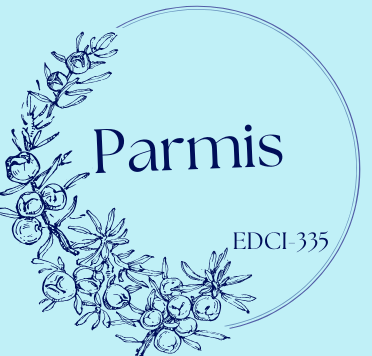
(Digital Social Innovation, 2024)
How will your interactive learning resource specifically ensure that the needs of all learners can be met?
When designing an interactive learning resource, it is crucial to ensure that all learner’s needs are met by incorporating accessibility and flexibility. This type of approach can help ensure inclusivity, allowing students with diverse learning styles and abilities to engage meaningfully with the content and feel supported.
To accommodate different learning styles, my interactive learning resource will use and integrate multiple styles of delivering content such as audio, video, or text. This multimodal approach ensures that learners with auditory, visual, or kinesthetic preferences can engage with the material effectively. Additionally, my resource will follow the Universal Design for Learning (UDL) principles, allowing for the delivery of the material to be customized, for example, I will provide options such as adjustable text sizes, or captioning for videos which students can access and utilize if needed.
Beyond accessibility, fostering an inclusive learning environment requires cultural aspects as well. My resource will feature different diverse perspectives to ensure reliability and representation for all students. There have been instances where I didn’t feel represented as a student and it made it more challenging for me to connect to the material compared to students who identified with the culture being discussed. Thus, making sure all perspectives are being featured is very important for me. According to Inclusive Education Canada, an inclusive design must acknowledge that all students have unique learning needs, not just those identified with disabilities (Inclusive Education Canada, 2020.) My learning resource will additionally include step by step guides and vocabulary/ definition lists to help students furthermore build confidence and proficiency over time.
How can you adjust your planned learning activities to meet the needs of your learners if an unexpected event occurs?
When it comes to adapting to unexpected events, flexibility is key. If students suddenly need to transition to remote learning as seen during the COVID-19 pandemic in 2020, my resource will already be structured with digital accessibility in mind. Training students to navigate the resource effectively is also crucial. This will be done through a quick guided tutorial in the beginning, thoroughly explaining how to access content and important information, and how to submit assignments remotely. I will also provide regular check-ins via Zoom to ensure that students remain engaged, have the opportunity to ask questions, and feel supported.
Comments:
Image Reference:
Digital Social Innovation. (August 9, 2024.) Inclusive design: Making technology accessible for everyone [illustration]. Social Innovation. https://digitalsocialinnovation.org/inclusive-design-making-technology-accessible-for-everyone/


Recent Comments